I grew up watching the men of my family work on various projects around the house. Sure, we girls (I am one of three) would step in where we could, but it wasn’t until we were much older that I felt that I had any appreciable impact on project progress. Pops and Granddad took care of all things woodworking/gardening/structural and my Uncle Keith handled the plumbing/electrical/HVAC work. We were very lucky to have such a talented crew. There was one specialty, however, that remained elusive to our clan: automotive.
The furthest we got dealing with our cars was the classic routine maintenance: new wipers, topping off fluids, and oil changes. The latter made me feel like a had a glimpse of this other world – where folks asked you to describe the sound your car made when something was awry and fixed things behind the curtains of their shop doors. I always answered their questions with a bit of skepticism. How could you diagnose an issue with a car you had never seen purely based on my description of the strange sounds from under the hood? And do I really need to keep my gas above a quarter tank in the winter? Was that tip from my Pops just about safety or did it actually make a difference in the life of my trusty Oldsmobile?
After a month of intense study, it is pretty remarkable to me that I can not only answer many of these questions but can appreciate the living, breathing quality that engines take on. When you hear the rasp in someone’s breathing, you know they are sick. The same goes for engines. If something is off – you’ll hear it. Who knew that the sound of a well running diesel engine would make me excited to a level akin to Christmas morning?!? I certainly would never have expected this reaction.
The day our engines were distributed amongst the class, I really had no clue what I was looking at. Unbeknownst to me, we ended up with what I believe to be the best engine in the group: an Isuzu Pisces. While she wasn’t the prettiest in the bunch, she has THE best sound (check out the video on my IG account for a listen). Unexpectedly, it didn’t take too much to coax her back to life after months out of commission. Once she roared to life I was hooked.
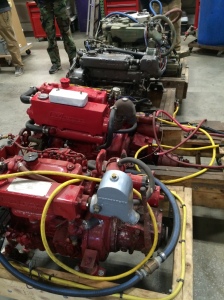
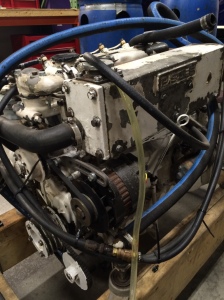
We immediately dove into learning about every single piece of the diesel engine puzzle. We cleaned up the spark plugs, compression tested cylinders, and eventually refit the raw water pump with a whole new set of parts. Here are a few photos of the highlights:

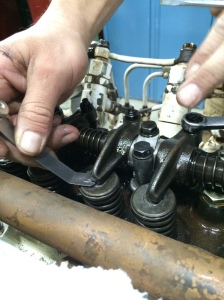
I was so grateful to have one of the IYRS boats in the shop to reenforce the skills we were learning at our benches. This boat works really hard all season long to take folks around Newport and was definitely in need of some love. We found some pretty critical issues – one of which was the same raw water pump issue we had on Pisces.
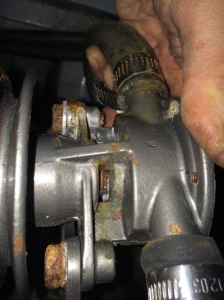
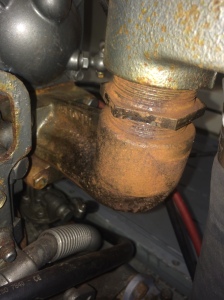

Not only am I going to have a much better appreciation for the trucks at the next tractor pull I attend with my brother in law, but I will be able to diagnose issues from improperly sized propellers to misfiring cylinders. I can’t wait to volunteer as the family grease monkey next time we have an issue with one of our vehicles. No – I’m not an expert yet, but at least I’ll be able give my educated two cents when I visit the mechanic. And who knows – maybe there’s a shop of my own in cards! I feel much better equipped for work in the marine industry with this specialty under my belt. There is nothing worse than feeling stranded on your boat because engine trouble feels beyond your control. I’m sure y’all have some stories on this front. I’d love to hear them!
